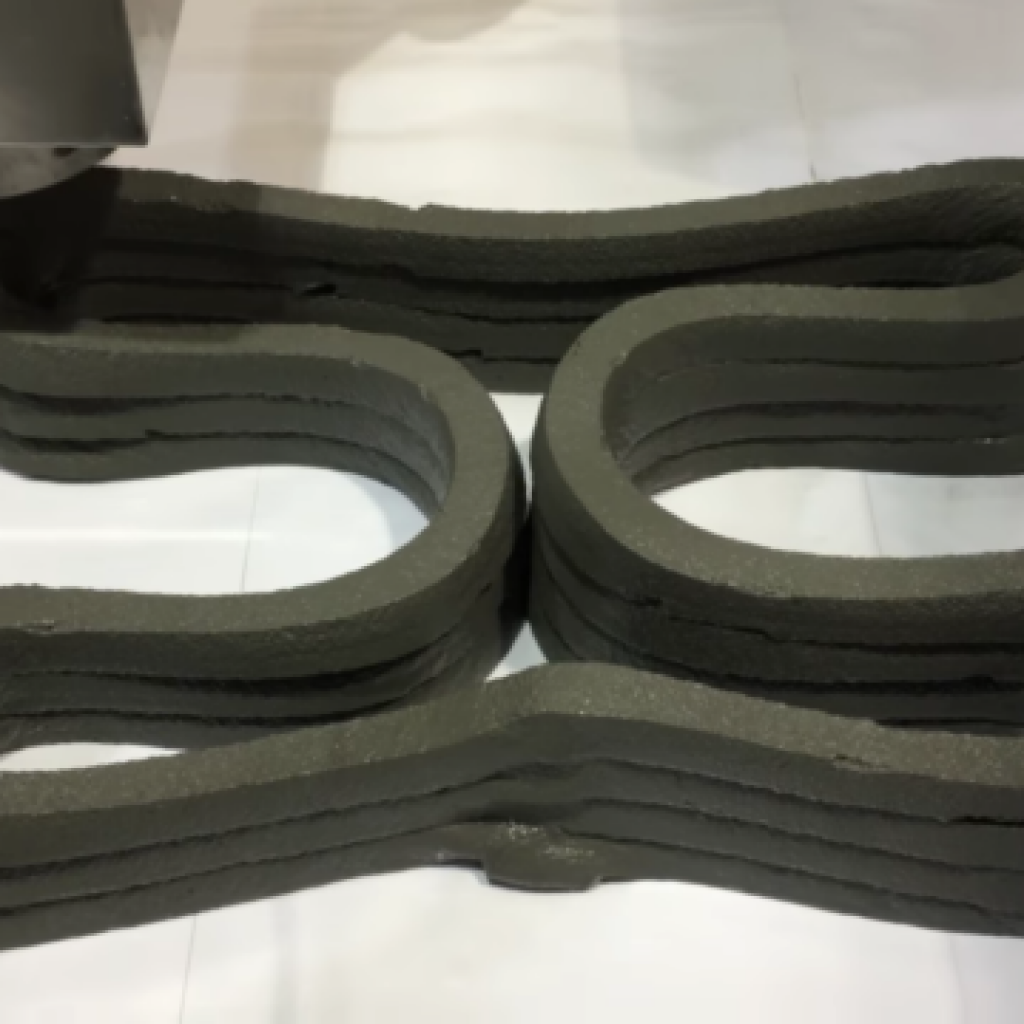
When Victor Sikhosana launched Umcebowethu Suppliers, the idea of coming full circle was on his mind. In many ways, the very core of Umcebowethu Supplies is founded in the wisdom of circular sustainability.
Accounting for over 8% of global greenhouse emissions, the benefits of converting value from waste are profound for cement and concrete producers. Umcebowethu Supplies is a supplier of Silico Manganese Slag (SiMn Slag), a by-product of steel manufacturing with valuable properties in the manufacturing of cement and concrete
A vision for the future
Umcebowethu Supplies is the embodiment of Victor’s vision for success, informed by the richness of his professional experiences, and founded on the very principles that have always driven him: a passion for excellence, an appetite for opportunity, a deep commitment to value-creation and a very evident pioneering spirit.
Victor’s career began down a coalmine shaft, when at 18 he became his family’s primary breadwinner. The career he forged by curiosity, tenacity and dedication is filled with a series of achievements, promotions and milestones normally accumulated over several decades. In a few short years, Victor had completed an electrician’s apprenticeship, applied his skills at all levels of the mine, and earned the position of Plant Maintenance Manager at one South Africa’s biggest coal producers.
Doubling lifespan
The potential of SIMn Slag caught Victor’s eye as the ideal opportunity: a versatile product adding value beyond its intrinsic uses. Slag doubles the lifespan of buildings, producing highly durable concrete, with self-cementing properties. It is a latent hydraulic binder commonly used in concrete and also serves as a partial cement replacement material in construction, and is a direct replacement for ordinary Portland cement, by weight.
Slag + Fly ash = 3D Concrete Printing

Researchers from Nanyang Technological University in Singapore created a new concrete-like material to 3D print, made from two waste materials: fly ash and steel slag.
3D printing concrete has made the material a bit more sustainable, as less material is necessary to create objects and even building. However, making concrete still generates a lot of CO2. Fly ash consists of fine particles of fuel that are driven out of coal-fired boilers, while steel slag is by-product of the steel industry, left over after a metal is separated from its raw ore. Both materials have been used as additive to cement before, but are now used together with only the addition of some chemicals to make a concrete like material that can be 3D printed.
The current material is as strong as normal concrete, but the researchers are looking at how it can be strengthened to make it a suitable substitute for reinforced concrete. The geopolymer mortar is 3D printable using concrete printing equipment to fabricate large, solid structures.
The 3D printable concrete could help the construction industry, which generates about 5 per cent of the world’s carbon emissions with the production of concrete, to drastically reduce its carbon footprint.


More news
- STATE-DRIVEN OPPORTUNITIES FOR SA CONSTRUCTION COMPANIES BUT MANAGING RISK IS A PRIORITY
- PART 4: SA’S TRADE DILEMMA: A PODCAST DISCUSSION WITH DONALD MACKAY
- CONCOR KICKS OFF OXFORD PARKS BLOCK 2A PHASE I PROJECT
- PART 3: SA’S TRADE DILEMMA: A PODCAST DISCUSSION WITH DONALD MACKAY
- MBA: ‘HOW CONSTRUCTION FIRMS SHOULD PREPARE FOR THE WORST’





